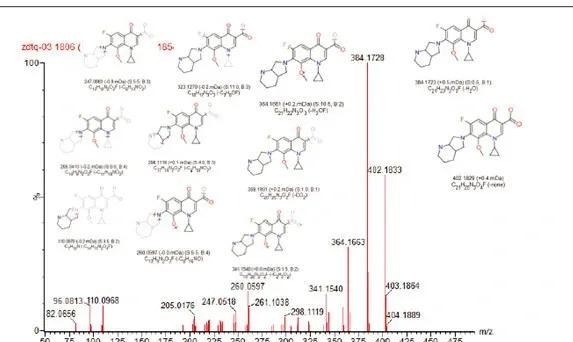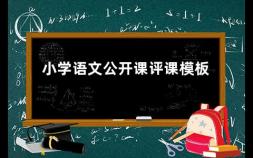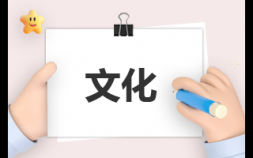质量数质子数中子数关系(化学元素的质量数知识点)
136 化学元素的质量数
Mass Number of Chemical Elements
(https://www.nuclear-power.com/)
化学元素的质量数
The total number of neutrons in the nucleus of an atom is called the neutron number of the atom and is given the symbol N. Neutron number plus atomic number equals atomic mass number: N+Z=A. The difference between the neutron number and the atomic number is known as the neutron excess: D = N – Z = A – 2Z.
原子核内的中子总数称为该原子的中子数,用符号N表示。中子数+原子序数等于原子质量数:N+Z=A。中子数和原子序数之间的差异被称为中子过剩:D = N - Z = A - 2Z。
Neutron number is rarely written explicitly in nuclide symbol notation, but appears as a subscript to the right of the element symbol. Nuclides that have the same neutron number but a different proton number are called isotones. The various species of atoms whose nuclei contain particular numbers of protons and neutrons are called nuclides. Each nuclide is denoted by chemical symbol of the element (this specifies Z) with tha atomic mass number as supescript. Therefore, we cannot determine the neutron number of uranium, for example. We can determine the neutron number of certain isotope. For example, the neutron number of uranium-238 is 238-92=146.
在核素符号标记时很少会直接写出中子数,但可以元素符号右侧的下标形式出现。具有相同中子数但不同质子数的核素称为同中子异荷素。原子核中含有特定数量的质子和中子的各种原子称为核素。每个核素用该元素的化学符号表示(这指定了Z),以原子质量数为上标。因此,举例说明,我们不能确定铀的中子数。我们可以确定某些同位素的中子数。例如,铀238的中子数为238-92=146。
注:
(以下内容来自百度百科)

质量数(Mass number)是指中性原子中,将原子内所有质子和中子的相对质量取近似整数值相加而得到的数值。由于一个质子和一个中子相对质量取近似整数值时均为1,所以质量数(A)=质子数(Z)+中子数(N)。
相关问答
-
九年级数学怎样提高教学质量

在九年级数学教学中,教师要正视教学中的问题,积极探索和创新教学方式和方法,下面是小编为大家整理的关于九年级数学怎样提高教学质量
阅读更多 -
英语考试质量分析优秀3篇

考试是对同学们学习成果的考核,通过对考试质量的分析,才能了解考试方向和难度等,因此进行期中考试质量分析十分有必要。这次漂亮的小
阅读更多 -
2023新加坡读本科留学申请需要什么样的条件,新加坡作为亚洲的一个

新加坡作为亚洲的一个经济强国,以其高质量的教育体系吸引了众多海外留学生。如果你想要在新加坡读本科并留学,那么你需要满足以下条
阅读更多 -
河南牧业经济学院的学费是多少啊 河南质量工程职业学院是公办吗

1、河南牧业经济学院本科二批招生专业学费是4400元、5000元,下面是小编整理的河南牧业经济学院的学费是多少啊,欢迎大家转发并收藏
阅读更多 -
南理工什么专业最好以后就业质量高 哈尔滨理工大学就业怎么样

南理工的武器专业全国第一,当然是就业最好的~不过武器这个行业普遍就业地点都不是太好,好一点的地方比如北京,对学生要求也高。下
阅读更多 -
小学语文公开课评课模板 打造高质量小学语文公开课

如何打造一堂高质量的小学语文公开课?小学语文公开课是学生语文学习的重要环节,也是教师教学水平的一次检验。如何打造一堂高质量的
阅读更多
最新问答
-

《故乡》读后感400字
2024-05-04 -

感动中国2023年度人物观后感心得体会
2024-05-04 -

为什么朋友圈发这些可能会被封号
2024-05-04 -

作文素材名人励志事例
2024-05-04 -

为什么要继承中国传统文化
2024-05-03 -

传统文化传承的意义
2024-05-03 -

2023下半年浙江教师资格证成绩什么时候公布
2024-05-03 -

安徽2023下半年教师资格证成绩查询时间
2024-05-03 -
2023下半年教资笔试考试几月几号出成绩
2024-05-03 -

2023下半年教资笔试考试几月几号出成绩
2024-05-03
